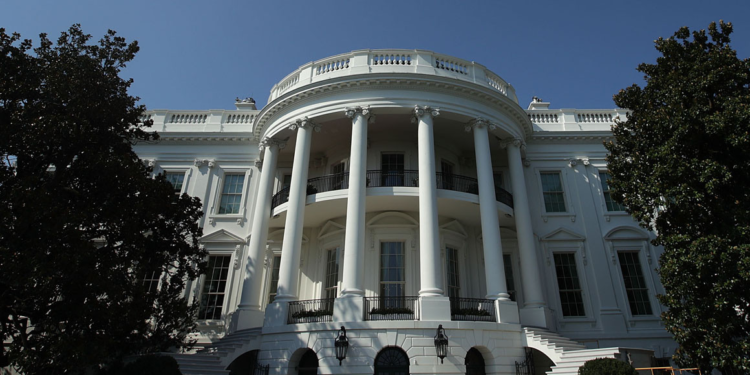The Biden-Harris Administration unveiled the first-ever Federal Building Performance Standard, outlining a challenging objective to reduce energy consumption and electrify equipment and appliances in 30% of federally owned buildings by 2030. The initiatives announced today are the most recent development in the president’s mission to achieve net-zero emissions in all federal buildings by 2045.
In addition, the U.S. Department of Energy (DOE) unveiled a proposed rulemaking to electrify newly constructed federal buildings and buildings undergoing significant renovations. As the nation’s single largest energy consumer and building manager, these new initiatives will save taxpayer money by cutting energy use while reducing greenhouse gas emissions by millions of tonnes, boosting resilience, bolstering American energy independence, and creating the jobs of the future.
Furthermore, the State of California announced its participation in the President’s National Building Performance Standard Coalition, a nationwide coalition of over 30 state and local governments committed to reducing the emissions footprint of existing buildings. With the addition of California to the coalition and the new Federal Building Performance Standard, one-quarter of all commercial, Federal, and multifamily buildings in the United States are now either covered by or moving toward sustainable building performance standard policies.
Residential and commercial buildings account for 35% of the country’s carbon dioxide emissions. Each year, the energy used in commercial and governmental buildings costs $190 billion. With 80 per cent of all buildings in the United States expected to remain in use by 2050, electrifying existing buildings is critical to meeting President Biden’s climate goals.
Council on Environmental Quality Announces First-Ever Building Performance Standard for Existing Federal Buildings
The Council on Environmental Quality’s (CEQ) Federal Building Performance Standard requires agencies to cut energy use and electrify equipment and appliances to achieve zero scope 1 emissions in 30 per cent of their buildings by square footage by 2030. To reach that mark, agencies will buy American-made products such as heat pumps, electric water heaters, and other energy-efficiency and building system technologies supported by the Inflation Reduction Act.
Federal buildings are a major source of the U.S. Government’s direct greenhouse gas (GHG) emissions. Energy used in Federal buildings for space heating, water heating, cooking, and other needs accounts for over 25 per cent of Federal emissions. In addition to lowering costs, efficient electrification of building equipment and appliances reduces air pollution—improving health in workplaces and communities.
Upgrading the Federal building portfolio to meet the new standard will reduce reliance on imported fossil fuels from volatile parts of the world and cut millions of tons of GHG emissions. Funding provided through the President’s Bipartisan Infrastructure Law, agency operating budgets, and the Climate Smart Buildings Initiative will aid implementation. To further reduce costs and maximize efficiencies, agencies will apply electrification strategies with deep energy retrofits, energy use and water use reductions, and other facility improvements.
Department of Energy Releases Clean Energy Rule for New Federal Buildings
DOE released a Supplemental Notice of Proposed Rulemaking seeking public comment on a forthcoming rule, Clean Energy for New Federal Buildings and Major Renovations of Federal Buildings, to support building decarbonization. The rule would set emissions reduction targets and require equipment and appliance electrification in new Federal buildings as well as Federal buildings undertaking major renovations. The rule is projected to save $8 million per year in building costs. The Federal Building Performance Standard and the rule work together to ensure a comprehensive approach to Federal building decarbonization while reinforcing the urgency to reduce GHG emissions and create new markets and well-paying jobs.






